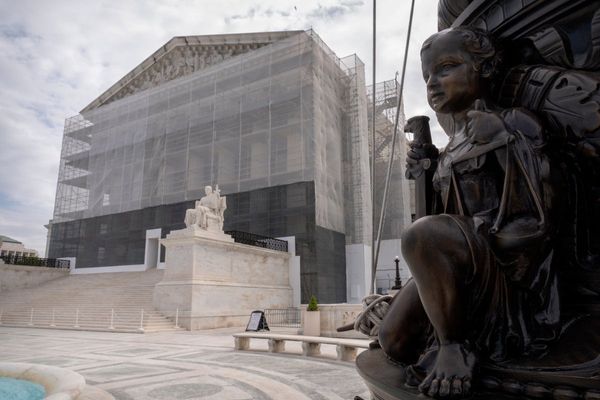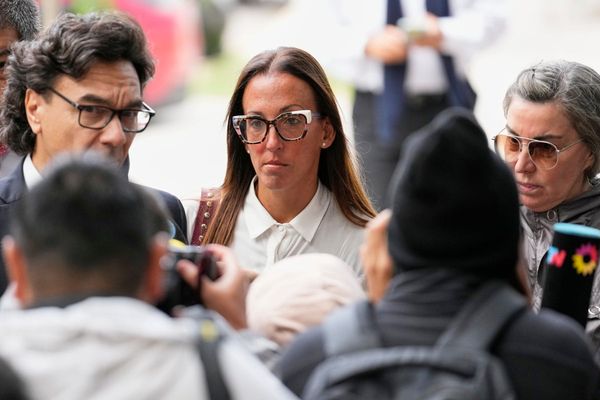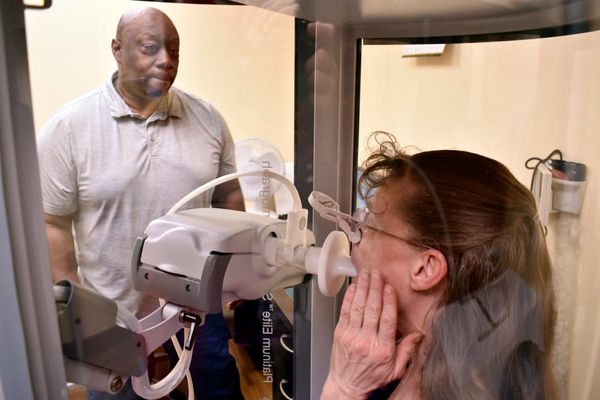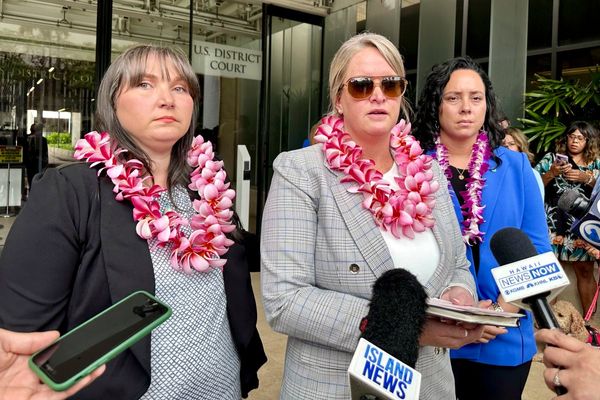
His memorial in the small town of Paramakudi sees hundreds of visitors every year on September 11. For the Dalits in Tamil Nadu, the man who fought for their rights and respect, is their most important symbol.
But the name Immanuel Sekaran Devendrar, freedom fighter, Dalit leader, and a hero in his village of Sellur, rings few bells in a state whose history has been heavily influenced by the Dravidian movement.
September 11 is the day when the Dalits in Tamil Nadu honour Sekaran who was murdered by a group of Thevars in 1957 following his demands for equal representation and rights for the Dalits in Ramanathapuram.
But his legacy has been relegated to a footnote in the official history of Tamil Nadu, despite still being a potent symbol of Dalit resistance.
Freedom fighter, Dalit icon
“You should understand that there were two Sekarans,” says Stalin Rajangam, writer and historian. “There was the man, who was murdered at the age of 33, and what he did. And then there is his image, and how it has re-emerged in Dalit politics in this state.”
Born on October 9, 1924 in the Sellur village, Immanuel Sekaran participated in the Quit India movement at the age of 18 and was imprisoned by the British for 3 months. He joined the Army as a havildar major in 1945, before returning to his home district of Ramanathapuram as a youth Congress leader.
“He came back wearing his new boots and sporting his new ideas of equality for all,” says P Chandrabose, founder of the Thiagi Immanuel Sekaran Peravai, one of the several political groups in the late freedom fighter’s home district which lays claim to his legacy.
“His importance is that he taught us Devendrars how to fight for our rights then, back when Ramanthapuram was in the grip of terrible caste violence and oppression,” Chandrabose says. “We weren’t allowed to wear sandals while walking, we weren’t allowed to drink water out of the same glasses as the other castes, and we were told not to open our mouths and complain.”

Caste politics and violence in Tamil Nadu is different than that in north India, thanks to the Tamil nationalism of Periyar and his self respect movement. “A lot of people have mistakenly assumed because he was anti-Brahmin he was anti-caste,” says Rajangam. “In fact, the opposite happened: the non-Brahmins became heavily politicised and divided over caste lines.”
This means that inter-caste violence in Tamil Nadu is rarely between upper and lower castes, but instead between Dalits and OBCs.
For Sekaran’s community, the Pallars or Devendrar Kullars, that meant that their fight was with the Thevars, an OBC group who, along with the Gounders and Vanniyars, have a history of committing violence against Dalits and floating powerful casteist political parties by fostering strong anti-Dalit sentiments to this day.
“In the 1940s and 50s there was a great deal of societal change in these traditional communities,” says Rajangam. “People were starting to buy into the idea that, under the Constitution, the shackles of their caste would fall away and they would be equal.”
Incidents of caste violence in Tamil Nadu:
It was in this period that Immanuel Sekaran emerged as a symbol of modernity and a leader for the Dalits of his district. “Pasumpon Mutharamalingam Thevar had abandoned the Congress and joined the Forward Block,” says Chandrabose, “So the Kamaraj government saw in Sekaran a powerful counter.”
On paper, it was a good match. Both men were fluent in Tamil, Hindi and English, possessed powerful oratorical skills and had strong support in the state.
When tensions flared between the two communities in 1957 after a closely fought by-election, a peace meeting was called.
“Sekaran refused to stand up when Mutharamalingam Thevar entered the room, and said that ‘this man wants to destroy my community’,” says Chandrabose. Angered, the powerful OBC leader left the peace talks vowing revenge.
“Thevar was a traditional symbol of caste,” says Rajangam, “The opposite to Sekaran. Thevar would talk in those terms: caste, warrior, God. But Immanuel countered that by breaking all the norms.”
On September 11, 1957, a group of Thevar men ambushed the Pallar leader as he was returning to his village from a lecture and murdered him. He was just 33.
Sowing the seeds of peace
“I was very young when my father was killed,” says Sundari Prabharani, sitting in a modest house in Paramakudi, a small town 80 km away from Madurai. Now 64, she is the only one of Sekaran’s four daughters who still lives in the district he helped change forever.
“My father was a good and genuine man,” she continues, in between sips of black coffee. “He was utterly fearless. He knew he was going to die, that he wasn’t going to live through the caste violence of that period. But he refused to budge.”

Ramanthapuram in the years immediately preceding and following Independence saw some of the most brutal caste atrocities in the entire subcontinent that stymied the Kamaraj government’s efforts to try and ensure peace in the district.
“My father said that his sacrifice was worth it because one man can do a great many things,” Prabharani says. “Just as sowing a mustard seed can cause a bountiful harvest, he believed his sacrifice would allow other Immanuels to thrive.”
When Sekaran was murdered, there was an outcry across the state. Periyar condemned it, and called for the arrest of those responsible, including Pasumpon Mutharamalingam Thevar.
“He was released later by the Annadurai government,” says Chandrabose. “By then, the importance of the vote bank was too great.”
Chandrabose believes that Sekaran showed the Dalits across the state a way to mobilise themselves, to fight under a united cause. He had also mobilised the Pallars to demand education, equal representation, and equal rights.
“The Dravidian movement is a shame,” Chandrabose says bitterly. “Caste comes first for them, then the idea of being a Tamil. Caste vote banks, and the domination of the Thevars at all political levels, allows them to pretend they are following Periyar’s legacy.”
A grassroots level movement
Sellur seems like any other village in Tamil Nadu. What makes it different are the posters of a man in military uniform, standing at attention and sternly glaring down. Underneath, written in crisp Tamil, are two words. “Immanuel Sekaran.”
“The development and status you see here today is a result of what he did,” says Duraikanth, a self-described social worker in the village. “All of us Pallars have learnt respect, strength, and to fight for what is ours from him.”
This almost militant attitude is what sets the Pallars apart from their fellow Dalits in Tamil Nadu. “If you hit us, we will hit you,” Duraikanth says. “If you kill us, we will kill you.”

After his murder, Sekaran has been routinely ignored by both the AIADMK and DMK, who heap praise on his bitter foe, Mutharalingam Thevar, instead.
“They didn’t even tell me when the Centre issued stamps in my father’s honour,” says Prabharani bitterly. “I had to find out from a friend. The only politician who cares is GK Vasan.”
“He has reemerged as a powerful symbol for the Dalits in this state after the rise of their political parties in the late 80s and early 90s,” says Rajangam, referring to the Puthiya Tamizhagam and Viduthalai Chiruthaigal Katchi. “They hope to use him to unite the Dalits in the state under one banner.”
“My father died to ensure his people would be treated the same as everyone else,” says Prabharani. “And the fact he achieved it brings me great happiness.”
At a time when the rest of the country is witnessing Dalit unrest and demands for equality, the legacy of men like Sekaran who helped their communities develop deserves more attention.







